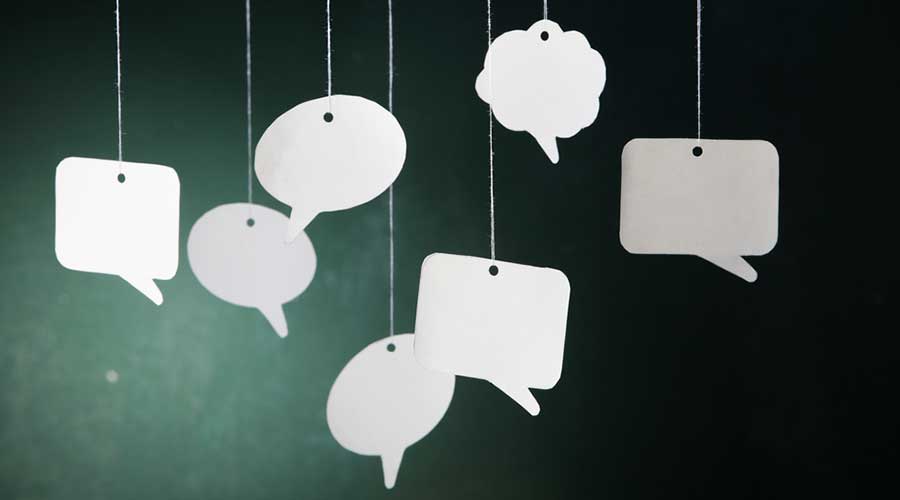Over the past week, Mediacorp’s Toggle and TheSmartLocal have been grilled by keyboard warriors for their lack of racial sensitivity. Toggle was lambasted for its use of blackface while TSL produced a Deepavali video offensive to the Indian community. Both videos have been taken down but you can still find pictures of actor Shane Pow in blackface all over Mothership.sg. The debate over TSL’s Indian snacks video, as per most social media rage with finite life cycles, subsided just this past week.
What happened? Speaking to my colleague Jennifer, who wrote an insightful piece about her experience as a racial minority in Singapore, we concluded that the incident was a long time coming. For me, I wondered if the American storm of Trump and Blacklivesmatter had made its way into our collective psyche. For Jennifer, she saw a new generation of young social media commentators who were fearless in voicing their concerns.
Same same but different. Both of our opinions return to the same point: the boundaries of this new racial debate are no longer defined exclusively by civil servants, but in the Brave New World of the comment section.
So let’s have a look at how social media has warped our perennial racial issues.
Anatomy of a Scandal?
Let’s start with the good news: We have social media to thank for raising awareness of the insensitivity. I cannot imagine the same grassroots debate and widespread awareness if we were still arguing over this on MSN Messenger.

Social media provided the open platform for a community to mobilise against the media insensitivity. Pooja Nansi’s Facebook posts against TSL garnered more than a hundred likes on social media over the course of two days. Alfian Sa’at’s sardonic comment on blackface was liked and shared and loved by thousands. Thanks to the pressure exerted by a viral reach, both platforms took down their videos before most of us even had a chance to watch it and be offended ourselves.
It is hard to imagine Pooja or anyone wielding the same power in the days of web 1.0. No doubt, their angry op-eds would still be meandering their way through a laborious SPH editorial process. For the rest of us who are less eloquent, there would be no way to show our support or express our outrage. We would be stuck ranting about it at the kopitiam to our friends.
Social media has proved itself a powerful bazooka for disaffected Davids everywhere to challenge Goliaths. There is strength in collectivity. Twenty years ago, Mediacorp wouldn’t even have blinked.
Echo Chambers?
Like it, share it, fix it. #disruption #freedom. Hurray for Facebook, amirite?
Not so fast. Social Media outcry may have removed the offending images but social media itself was responsible for this bout of ‘millennial cultural ignorance’, as Bertha Henson puts it.
Alfian Sa’at blames these recent scandals on what he calls our “monoethnic and monocultural’ media landscape”. He went on to say that our bodies dwell in multi-ethnic heartlands, but our minds live in the self-enclosed, monocultural silos of Channel 8, Channel U, Vasantham or Suria. He proposed, half cheekily, applying the GRC principle to our television sets.
I agree with Mr Sa’at’s diagnosis but not his prescription. Diverse, multicultural broadcasting would be a good idea 10 years ago — the last time I watched Channel 8. On the Internet, we make our own little silos.

In five minutes, I opened 15 tabs on my browser offering 15 different perspectives on the blackface Saga. For a dry, factual account, you have The Straits Times. To feel outrage, read Mothership. For a liberal perspective, follow Alfian and Pooja. For rage against Pooja, share Donovan Choy’s contentious post. The options are endless.
In an ideal world, we would weigh and consider each argument for its merits. In reality, we just click Subscribe to the opinions that most closely mirror our own. If you haven’t an opinion, Google and Facebook will helpfully assign you an ‘unbiased’ opinion based on your friends list or browsing history.
The Sedition Act has proven capable in dealing with racist public discourse, but increasingly, this law isn’t so effective against my Safari app. I can choose to live in an insular community where opinions are so alike that they become their own reality.
Some day, Mediacorp’s Toggle might produce the most incisive, compelling drama about Singapore’s racial issues. It would bring tears and joy to all who behold it but it will not matter if I’m trapped in my own echo chamber.
Racial Harmony 3.0

This is the dangerous reality in America. Despair not, we have yet to achieve the silo-isation that Trump supporters enjoy. With some awareness, we never will.
For the most part, #racialharmony3.0 has been a success. The dazzling speed of Toggle and TSL’s multiple apologies demonstrates new media’s potential for self-governance. The mostly fruitful discussion shows the possibility of an updated racial harmony, built upon understanding and consensus. Not just because the policy makers say so.
The first generation who has never experienced racial tensions or riots are now in the driver’s seat. I trust that we will not misuse new platforms to undo the hard-won progress. I believe that Singaporeans are smart enough to avoid the anarchy currently unfolding elsewhere.
I also trust that you’re smart enough not to just take my word for it 🙂
